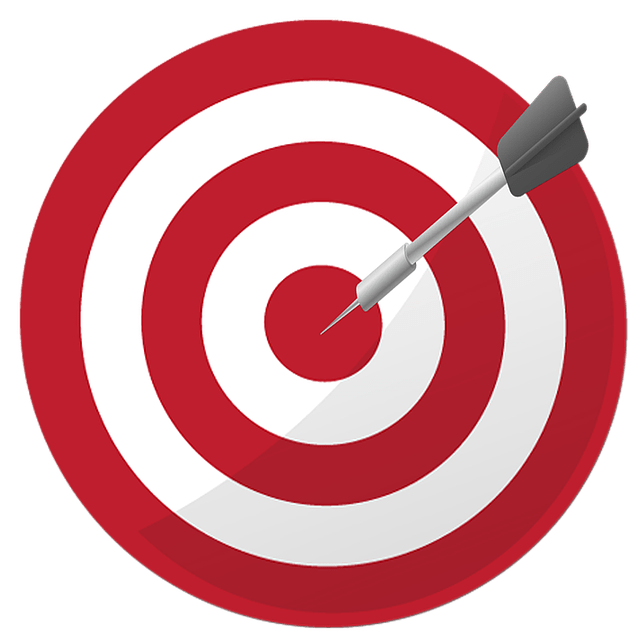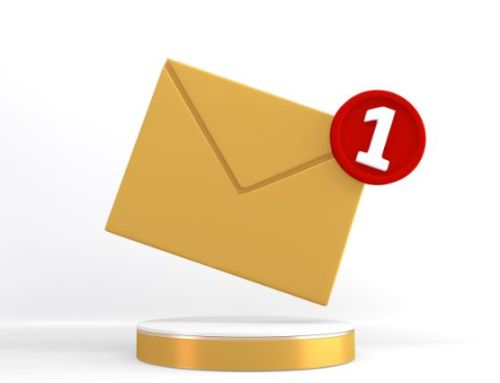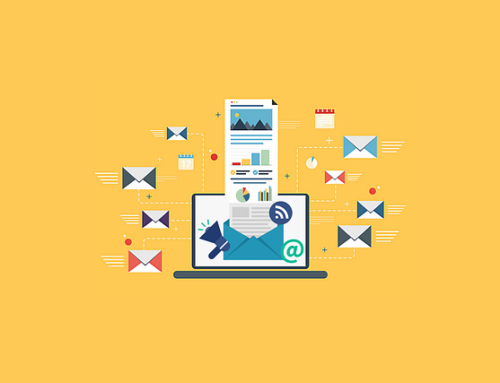Today’s marketing tactics have created a mindset of “more is better”: more followers, more clicks and more likes seem to be the measurement by which many small business marketers live and die by. This has extended to email marketing as well, where many professionals feel that they need huge email lists to be successful, but the reality is, size really doesn’t matter when it comes to your email list. Quality matters. Learn why fine-tuning your email marketing list will get you better results.
Achieve better targeting through personalization
 When you build targeted, segmented email lists, your brand can better personalize email marketing messages that better resonate with recipients. The more your small business can personalize marketing messages to prospects, the more likely you are to actually build a relationship with your audience, enhancing your ability to understand their pain points and offer products or services that can address those pain points and provide solutions. An email list is a great way to personalize your communication and even carry on conversations with prospects and customers. It also allows you to offer a premium level of customer service and get an idea of exactly what your customers want. The more you can drill down when you segment your list, the better your personalization will be, and the more likely you can build a relationship with your reader audience. Go beyond simply segmenting lists by customers or prospects; depending on what you sell, you can personalize your list by identifying:
When you build targeted, segmented email lists, your brand can better personalize email marketing messages that better resonate with recipients. The more your small business can personalize marketing messages to prospects, the more likely you are to actually build a relationship with your audience, enhancing your ability to understand their pain points and offer products or services that can address those pain points and provide solutions. An email list is a great way to personalize your communication and even carry on conversations with prospects and customers. It also allows you to offer a premium level of customer service and get an idea of exactly what your customers want. The more you can drill down when you segment your list, the better your personalization will be, and the more likely you can build a relationship with your reader audience. Go beyond simply segmenting lists by customers or prospects; depending on what you sell, you can personalize your list by identifying:
- Industry
- Pain points
- Services and/or products of interest
- How they joined your list
How would knowing the above points help personalize email marketing? Consider this:
A prospect signs up for your email marketing list after reading an article you wrote about how your service can help retain employees. The prospect is in the retail industry and when they signed up for your newsletter, they checked a box saying they were interested in in-house training. You now know the following about this subscriber:
- Industry: retail
- Pain point: employee retention
- Service of interest: in-house training
- Email sign-up: from Facebook page
Think how that can help you craft a marketing message to them and other like-minded prospects in your next email blast.
Choose what message recipients receive
 On a basic level, companies will segment prospects from clients because they don’t want to send out a lucrative offer, as an example, to gain prospects that existing paying customers will want too. If your list is even more fine-tuned by items such as those listed above, you can talk about the unique challenges of the retail industry during the holidays; something that may not resonate with, say, an educational industry prospect or a B2B vs. B2C prospect. Your email message is only intriguing to those to whom your messaging resonates, so controlling who gets what message/offer/deal/discount goes a long way in how impactful it can be.
On a basic level, companies will segment prospects from clients because they don’t want to send out a lucrative offer, as an example, to gain prospects that existing paying customers will want too. If your list is even more fine-tuned by items such as those listed above, you can talk about the unique challenges of the retail industry during the holidays; something that may not resonate with, say, an educational industry prospect or a B2B vs. B2C prospect. Your email message is only intriguing to those to whom your messaging resonates, so controlling who gets what message/offer/deal/discount goes a long way in how impactful it can be.
Control who receives emails from you
The biggest concept that marketing struggle with is that a bigger email list means nothing. It’s about engagement. It’s always better to have a smaller list with higher opens and click throughs than a larger list that goes out to an inactive audience. Why spend time marketing to people who don’t want to hear what you have to say, or have grown complacent? You want an email list that’s full of engaged subscribers who are actually interested in your product or service. Taking the time to review your list and weed out the dead weight. If you find a good portion of your list is no longer engaged but hate to simply delete them, create a specific campaign to re-engage them to test their interest. If they bite, keep them on the list; otherwise take them off. A simple “We want you back” or “Are you still interested in hearing from us” campaign can work wonders to clean up your list. They aren’t doing your brand any good and may even be costing you money depending on your email marketing platform.
Better pinpoint where in the sales process they are
Depending on how you segment your list, you can also send more targeted messaging based on where in the sales process or customer journey they are. This is often tied to how they joined your list in the first place. Did they find you on Facebook or after doing a non-branded keyword search? Likely top of the funnel. Or did they sign up after downloading a product demo or discount code? Further along in their customer journey. Sending emails based on where they are at in their decision process can help make your marketing more effective. If they’re just learning about your product or service, a discount code might be premature, but if they’ve clearly shown an interest in purchasing, a well-timed incentive might seal the deal.
Email marketing continues to be a very viable way to market to prospects. Fine-tuning your email marketing list will get you better results.
- Marketing Tactics That Your Small Business Can Do for Free - January 10, 2024
- How to Create Images for Your Small Business Website - December 6, 2023
- How Small Businesses Benefit from Referrals - November 6, 2023





